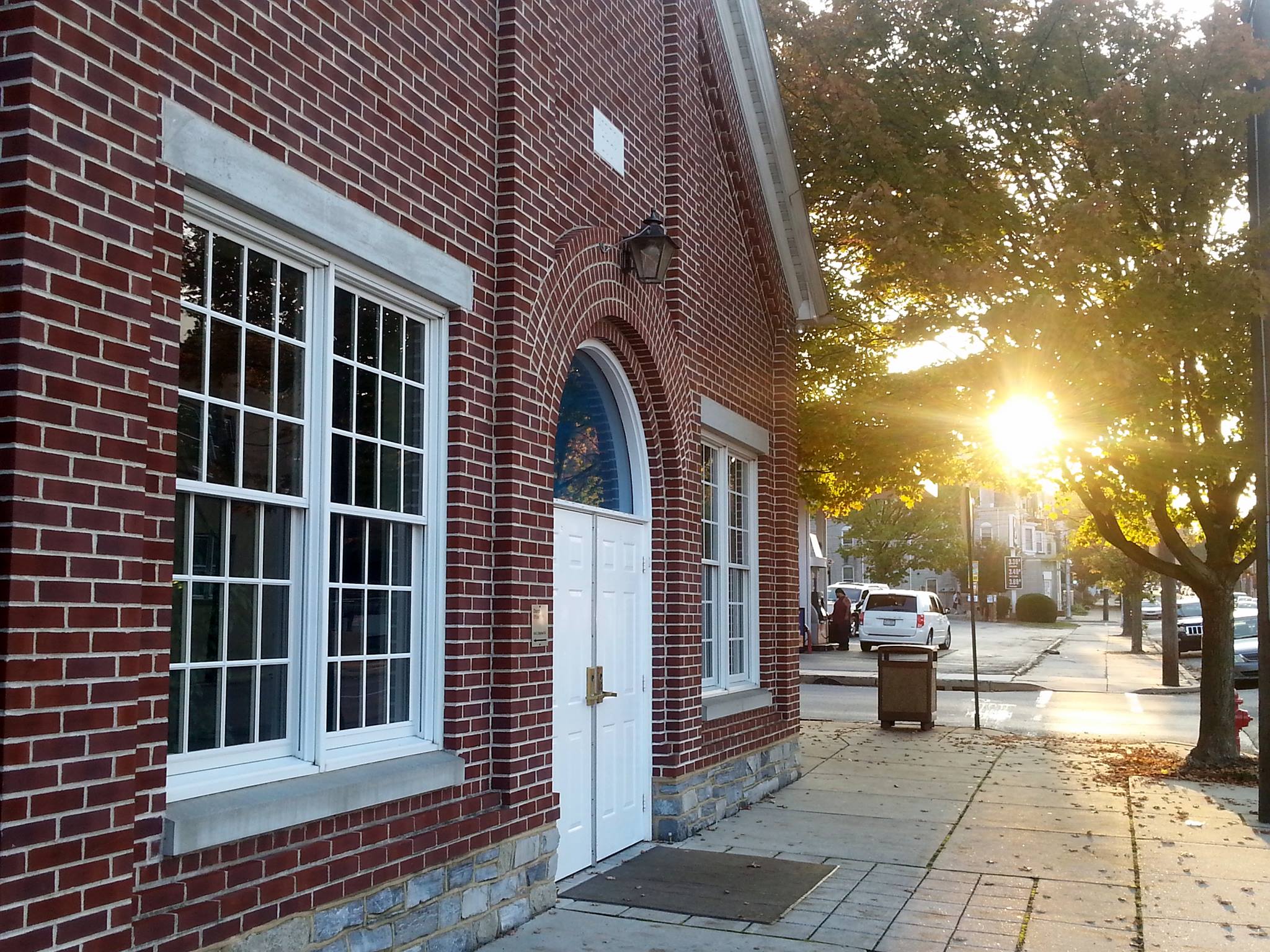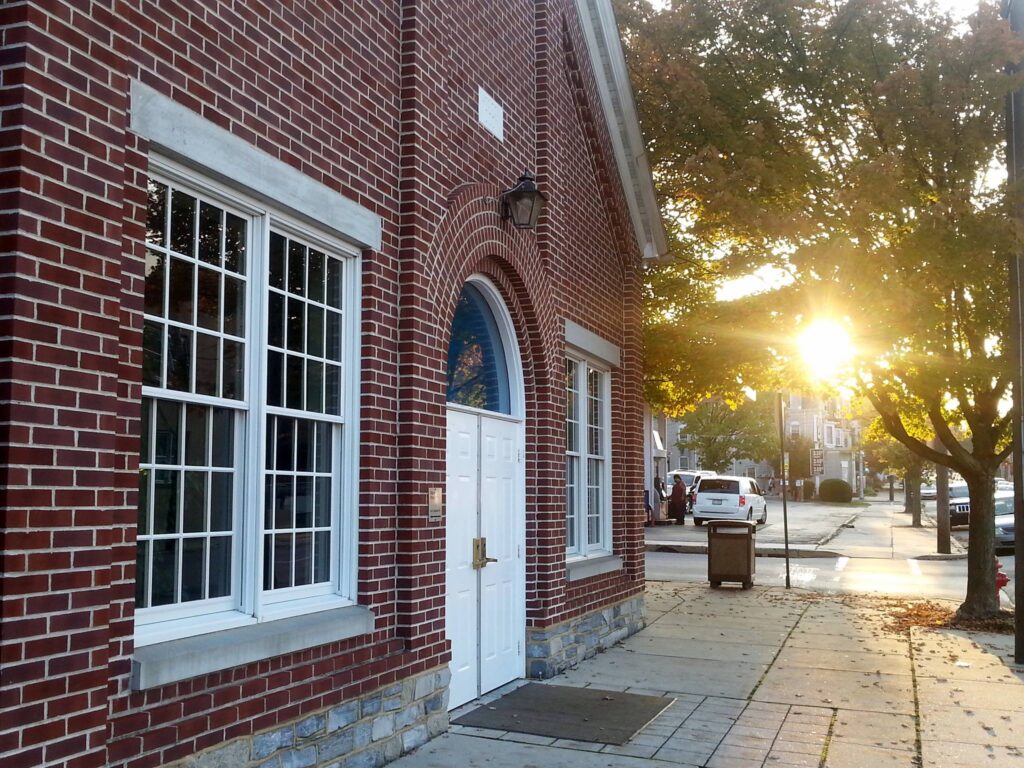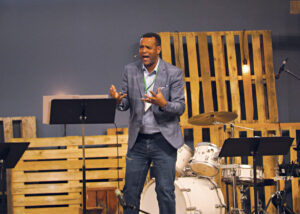I spent my high-school years in a congregation that was proud of our basketball hoops. Greenbelt Baptist Church decided to use public schools for worship and Sunday school, homes for Bible study, and a community centre for weekly youth events. This was a very intentional way of being visible and connected to the local community. We joked about having the best basketball hoops of any congregation in Ottawa.
I learned to prioritize community connections over beautiful worshipful space, knowing that one can encounter God anywhere.
As young adults, my husband Keith and I spent nine years in Toronto and, to our surprise, found ourselves at Little Trinity Anglican Church. This congregation began nearly 200 years ago to provide services to the poorer folks of downtown Toronto, so the building was designed quite differently than the Anglican cathedral a short streetcar ride away.
The stained-glass windows in the front and sides were coloured glass with no pictures. The altar area was designed so that all parishioners could come kneel around the altar in a circle instead of it being a separate area for the ministers.
I learned to appreciate beauty in those stained-glass windows, leading me to encounter God in both body and soul. I learned to value communion in a circle, on one’s knees before God and the gathered community, open to receiving God’s grace in this act of worship together.
Our children were in elementary school when we joined East Chestnut Street Mennonite Church in Lancaster, Pa., with a sign in front of the building naming it as a Mennonite Meetinghouse. The decorations were minimal at best. Most congregational singing was without any accompaniment, and so our young children stood on the pews with my arm around one or the other, studying the hymn book, and matching their voices to mine as we sang in four-part harmony.
I had never sung like this before, and found it entrancingly beautiful; my husband, not so much. The building was designed to prioritize good acoustics, to lift our voices and our hearts together to God, in community, without adornment.
Recently, gathering together for worship on Zoom brings us face to face with each other, assuming most people turn on their cameras. It is a delight to smile directly at each other, and to look at each other throughout the service. Face-to-face connections are a priority in Zoom rooms.
My current congregation, First Mennonite Church in Kitchener, Ont., meets in a very old building, one that is noteworthy for its thick, solid walls and many additions reflecting changing needs. Our congregation, like many, has too much building for our people. We have begun exploring ideas on how we might use the land in order to come up with buildings that provide for community needs, such as affordable housing, as well as a beautiful and practical worship space. I know there are other congregations across Canada who are exploring similar ideas. I find this exciting!
On the other hand, many newer congregations were renting worship space pre-COVID-19, but they lost access to their space for much of the pandemic. Many are still trying to figure out where to meet, yearning to purchase land or buildings that they can call their own for worship and community.
Buildings are important for worship and for community. Each meetinghouse shapes the community that gathers in that space, just as the community itself shapes their building priorities. I hope our meetinghouses reflect who we are as Jesus followers, helping us to encounter God and each other, engaged in the communities where we find ourselves.
Arli Klassen is a member at First Mennonite Church, Kitchener, Ont., and can be reached at klassenarli@gmail.com.
Read more The Church Here and There columns:
A difficulty for all of us
Civil disobedience
Communion with creation
Dismay or hope?
Every tribe and language









Leave a Reply
You must be logged in to post a comment.